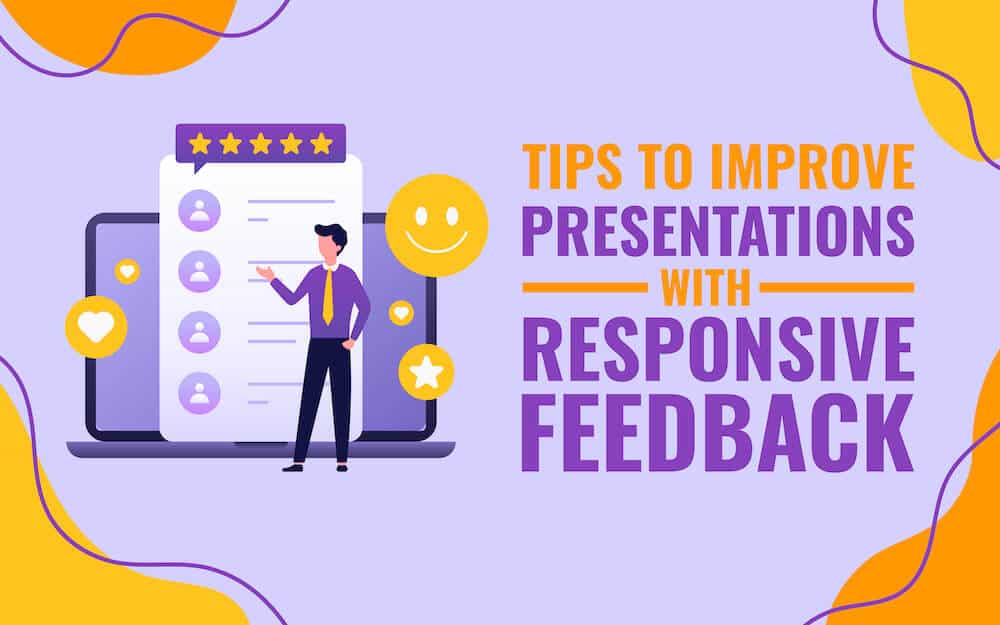
Giving a presentation is no easy feat. Whether you’ve been tapped to speak at your organization’s annual sales convention or are presenting to a group of prospective clients, every good presentation starts at the same place – research.
Research is what will help you to not only choose the right topic to present, but back up your main points with solid evidence. Knowing exactly how to prepare and conduct a thorough investigation into your topic will allow you to give the kind of presentation that will keep your audience engaged the entire time.
With this in mind, here are the steps you’ll need to take to research for your presentation like a boss!
Step 1: Drill Down on Your Topic
Your research can be simple, or it can be complicated, and much of this is determined by how focused you are on your topic. Vague and general topics will require more research and at the end of it all, you’ll still have a ho-hum presentation that’s only slightly helpful.
The more you can drill down on your topic and clearly define the scope of it, the better able you’ll be to research and find the right data and information to support your main points.
Step 2: Identify Your Takeaway
Every great presentation offers the listener one main takeaway. What is your overall goal of the presentation? What do you want the audience to learn from the information you share? Do you hope to inform listeners or make an argument for something and get them to either agree or act upon it by the end?
You’ll want to decide on your main takeaway and goal at the very beginning because this will help guide you on the types of research and evidence you will need. For instance, if you are looking to share information about a specific industry, you’ll want to hunt for relevant data, studies, white papers, etc.
However, if you are making more of an emotional plea to get people to agree with your point of view, you may want to look for personal stories or accounts you can share with the audience.
Goal dictates research.
Step 3: Outline
Next – develop a rough outline to guide you on the flow and structure of your presentation. This outline may change during your research phase, and that’s okay. But it will give you a roadmap to work off of, so you know exactly the point and subtopics you need to research.
Step 4: Keep Timing in Mind
You’ll need to know how much time you have to give your presentation. Let’s say you only have 15 minutes, you’ll know off the bat you won’t be able to include 12 different case studies, so you can then spend your research time finding the one or two case studies that support your overall goal the best.
Step 5: Know Your Audience
Knowing your audience will help immensely if you know a bit about your audience before researching. This will help you determine the kind of information you should share.
For example, if you run a marketing agency and you are giving a presentation to fellow marketers, the information you share will be totally different than what you might share to a group of local business owners who know very little about marketing.
Besides knowing what level of knowledge your audience may already possess, you may also want to find out if they all have something in common. For instance, they are all local roofing contractors or all high school biology teachers. This will help you research and look for specific examples of evidence to present.
Step 6: Think of Audience Questions
Try and anticipate the kinds of questions your audience might have about your topic. This can help you narrow down your research and fill in any gaps your topic might currently have.
For instance, if you are speaking about training dogs, your audience might ask questions like, “How early should I start training my dog?” or “Are there any breeds that take to training better than others?” Think of as many questions as you can and, if you don’t know the answer, make sure to do some research so you can be prepared.
Step 7: Make it Interesting
Good presentations are ones that don’t bore the audience to death. While you are researching, try and find interesting information that adds color to your topic.
For instance, if your topic is on marketing, you might look into the history of marketing and share some of the first ads ever created back in the 1700s. This might help your audience understand that while we have developed new digital channels to deliver marketing messages, human behavior is the same as it was over 200 years ago!
Step 8: Stay Organized
You’ll want to use whatever system works for you to keep all of your information and sources organized. This will make it much easier for you to actually begin writing your presentation content.
Also, create a labeling system so the right information will go under the right subtopics in your outline. And be sure to keep all of your research in one place. This can be an old-fashioned notebook or word or Google document.
Research is the backbone of any presentation. If you follow these 7 steps you’ll be able to gather the evidence you need to support your objective and stay organized the entire time.



